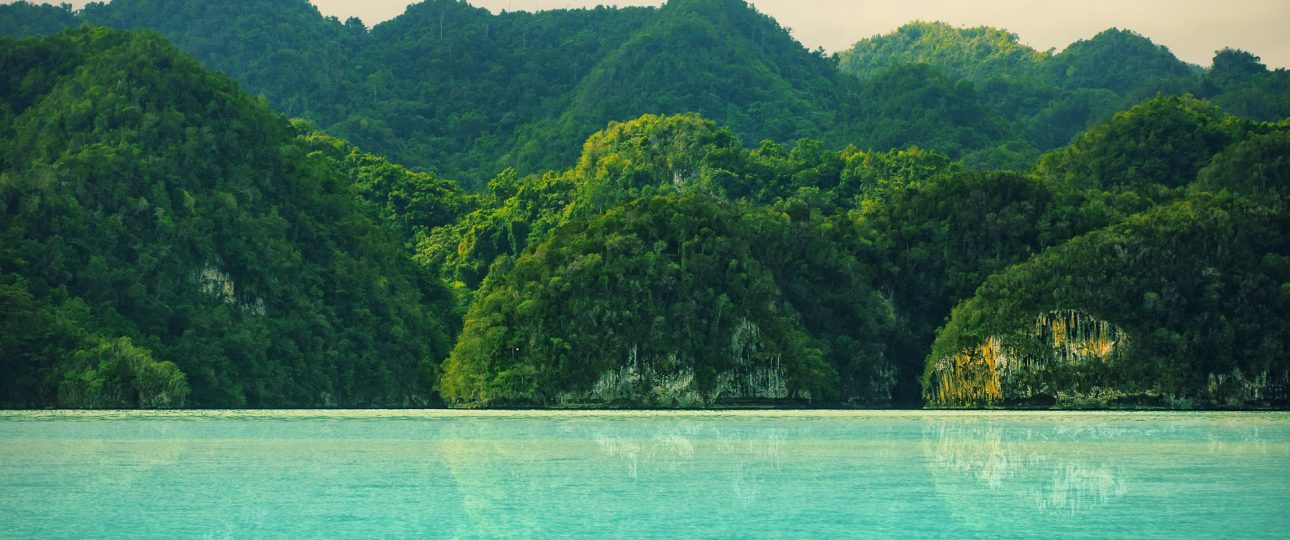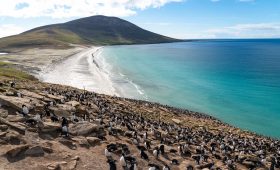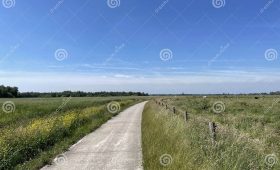Exploring Los Haitises National Park in the Dominican Republic
Location and Geography
Los Haitises National Park is located in the northeastern Dominican Republic, primarily within the municipality of Sabana de la Mar in Hato Mayor Province. It also extends into Monte Plata and Samaná provinces. Covering approximately 826 square kilometers, the park features a unique landscape of limestone karsts, mangrove forests, and coastal ecosystems. This area was formed during the Miocene epoch, resulting in a platform karst with dense clusters of conical hills and numerous sinkholes.
Unique Features
The park is renowned for its rich biodiversity. It hosts a variety of plant and animal species, including some that are endemic to the region. Notable flora includes the “musk wood,” cigar-box cedar, and various species of orchids. Among the fauna, visitors can spot the endangered Hispaniolan hutia and solenodon, as well as a wide array of bird species like the Hispaniolan amazon and the Ridgway’s hawk.
Mangrove Forests
Los Haitises boasts the largest concentration of Caribbean mangroves, with species such as the red and white mangrove dominating the landscape. These ecosystems are vital for marine and bird life. Exploring the mangroves by boat offers a chance to observe the intricate relationships within this habitat and spot wildlife up close.
Ancient Caves
The park is dotted with caverns created by water erosion, many of which contain petroglyphs and pictographs. These artworks provide insight into the cultures that inhabited the region, possibly predating the Taíno people. Visiting these caves offers a glimpse into the historical and cultural tapestry of the Dominican Republic.
Best Time to Visit
The ideal time to explore Los Haitises is during the dry season, from December to April, when the weather is more predictable. However, the park’s lush greenery and flowing waterfalls during the wet season also present a captivating experience. Be prepared for significant rainfall, as the park ranks high in annual precipitation.
How to Get There
Accessing Los Haitises is straightforward from nearby towns like Sabana de la Mar, Sánchez, and Samaná. Most visitors arrive by sea, embarking from these locations. While it is possible to reach the park by land using a four-wheel-drive vehicle, road access is limited, and signage can be sparse. A private highway and a new airport in Samaná are under construction to improve access.
Local Transportation
Once at the park, the best way to explore is by boat. Guided tours are recommended, as they offer insights into the park’s ecosystems and ensure you don’t miss key features. These tours often include visits to the mangroves and caves, providing a comprehensive view of the park’s natural beauty.
Summary of Facts
- Los Haitises National Park is located in the northeastern Dominican Republic, primarily in Sabana de la Mar.
- The park covers approximately 826 square kilometers.
- It features limestone karsts, mangrove forests, and coastal ecosystems.
- The park is home to diverse plant and animal species, including endemic ones.
- Mangrove forests and ancient caves are notable features.
- The best time to visit is during the dry season from December to April.
- Access is mainly by sea from Sabana de la Mar, Sánchez, or Samaná.
- Boat tours are the preferred method for exploring the park.
Los Haitises National Park offers a unique blend of natural beauty and cultural history. While access can be challenging, the experience of exploring its landscapes and ecosystems is rewarding for those who make the journey.




